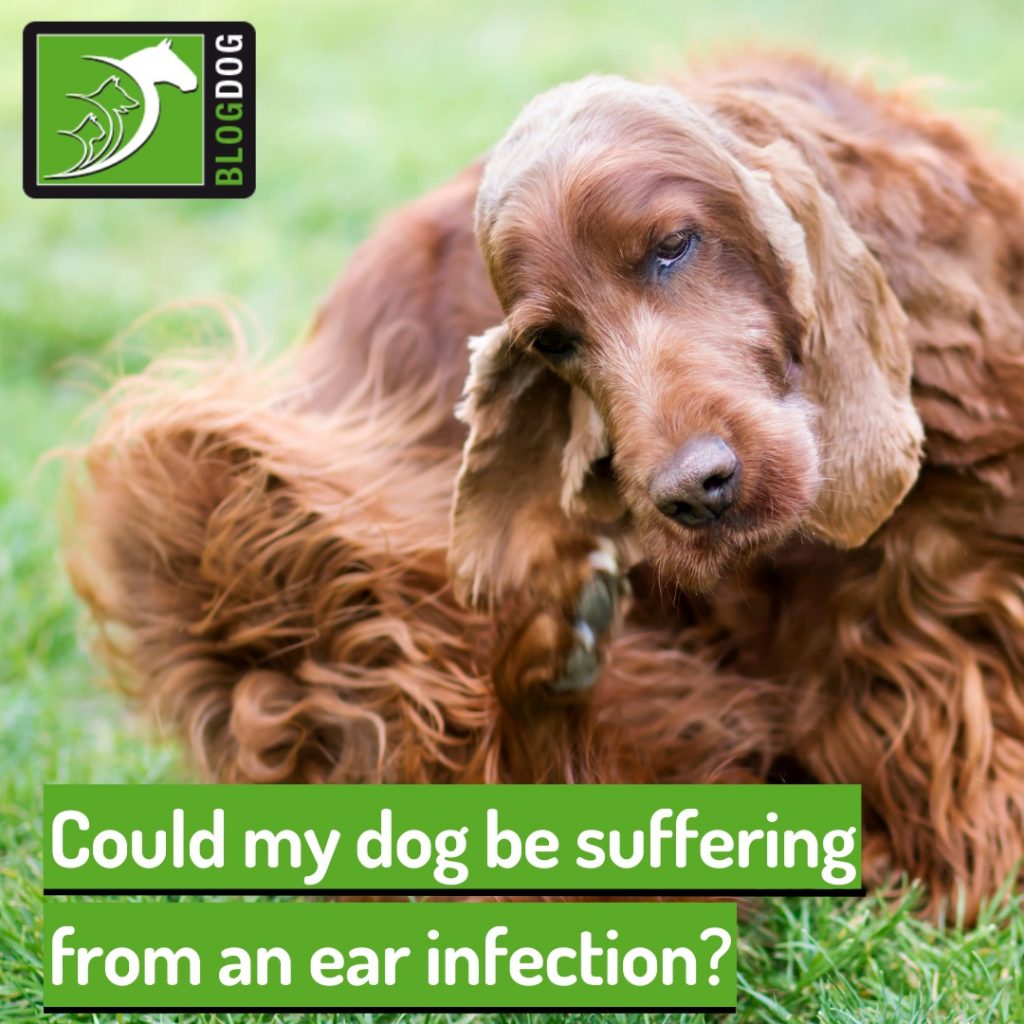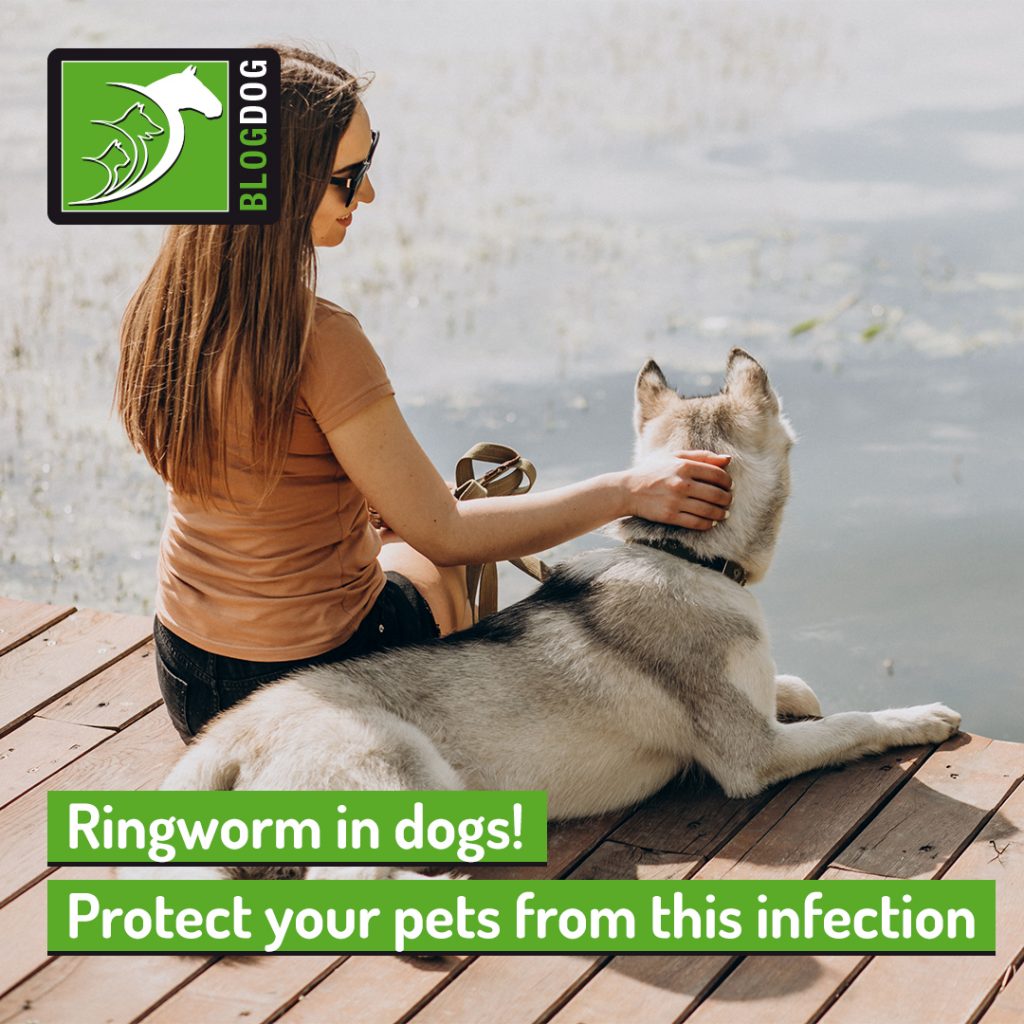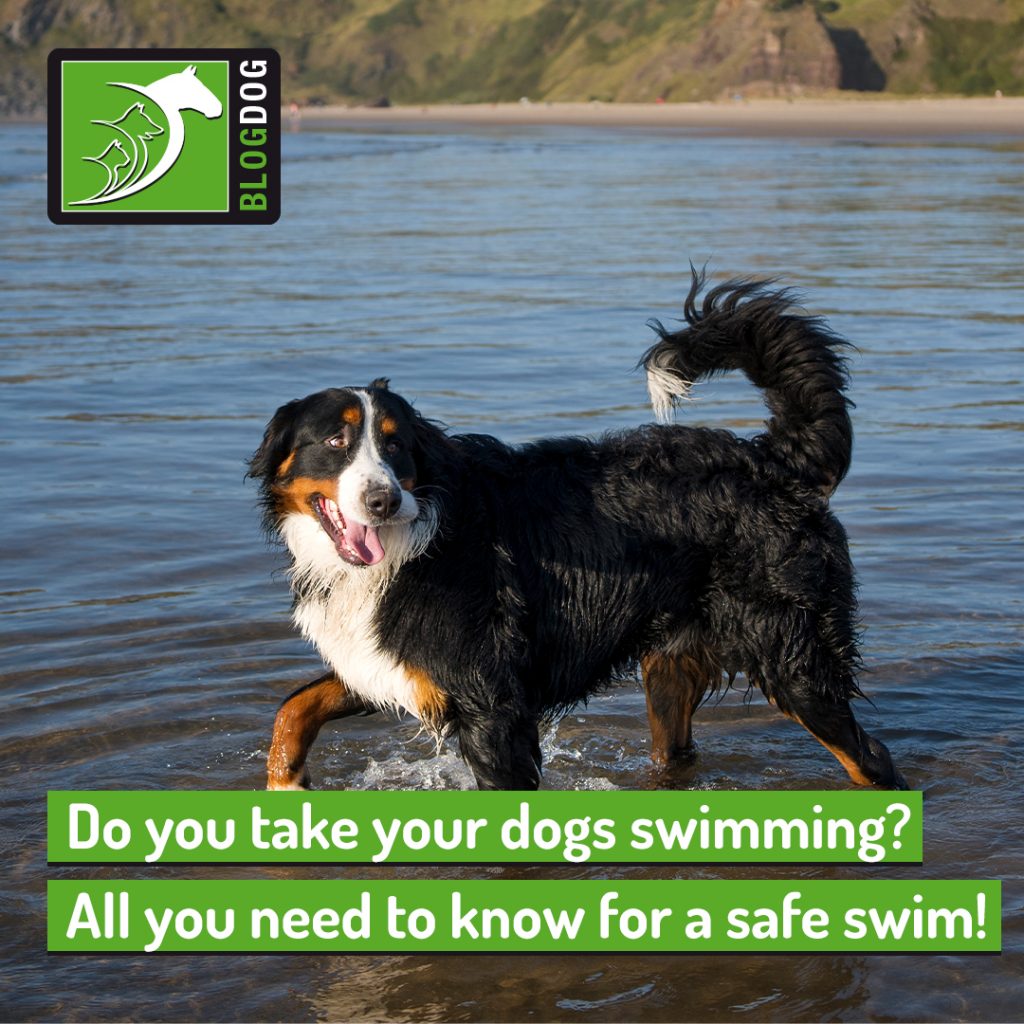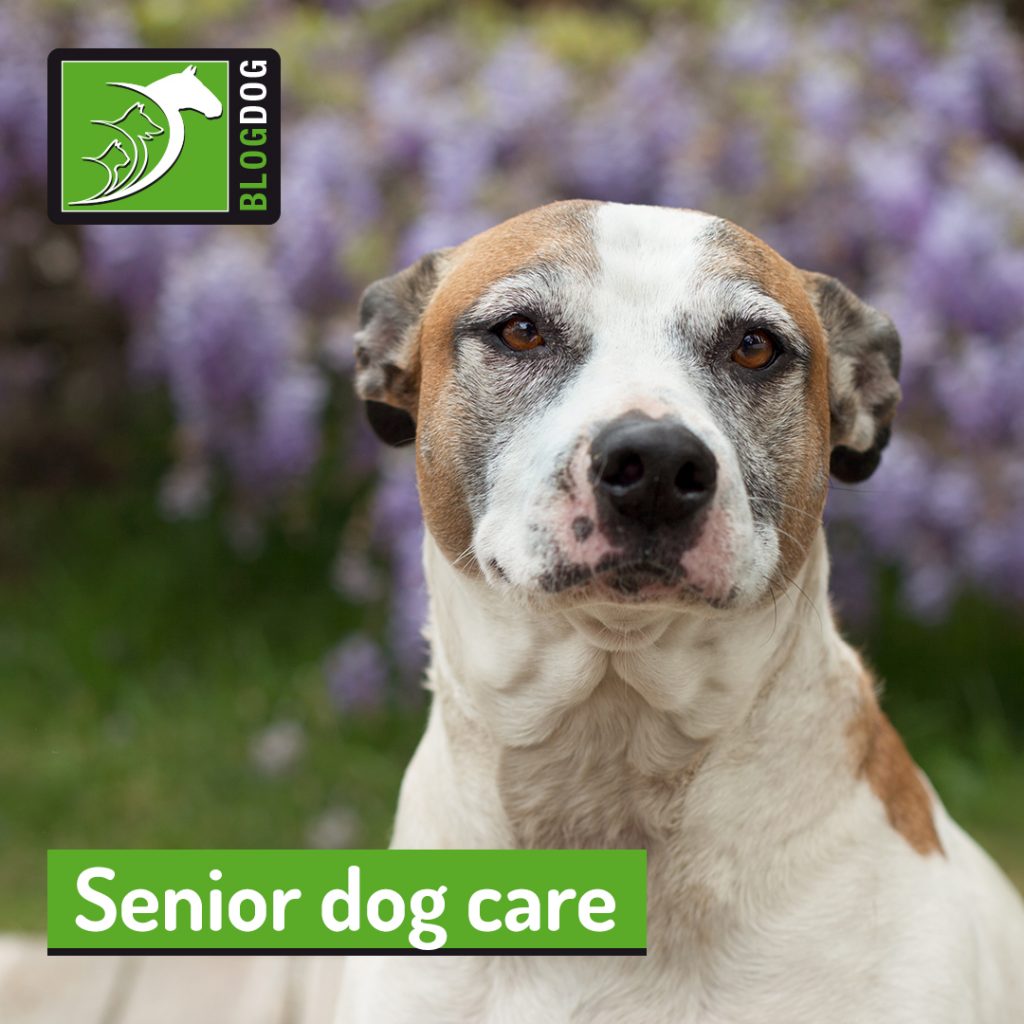Adopting a dog from abroad seems to be a rising trend in the UK, with 6% of owners asked by the PDSA in 2022 and 2023 reporting that their pet was imported compared to 4% in 2021 and 3% in August 2020.
If you’ve fallen in love with a dog from overseas and are considering bringing it back into the UK, keep reading to find out some important things that you should be mindful of before making a decision!
Can an imported pet have unusual diseases?
There are a range of exotic diseases that we don’t commonly see or have in the UK that can be imported along with your new dog if you don’t test for them beforehand. These include:
Rabies
Rabies is a viral neurological disease that mostly targets a mammal’s brain and nerves (including humans, dogs and cats), leading to a range of symptoms that ultimately lead to death. Though there is no cure for rabies, the disease can be prevented through vaccination.
Brucellosis
Brucellosis is another infectious disease, this time caused by the bacteria Brucella canis. Vets can use antibiotics to try to treat it, but, in most cases, treatment is not effective with dogs often having to be euthanised.
Heartworm
Unlike rabies and brucellosis which can be transmitted from dog to dog (or dog to human!), heartworm is transmitted via mosquito bites. As the name indicates, the disease is characterised by an infection of the heart and lungs by a parasite. The disease is fatal if not treated, and treatment itself poses a number of risks, which is why parasite prevention treatments are key.
Leishmaniasis
This is also a parasitic disease transmitted by sandfly bites. Once infection has been established, there’s no cure for leishmaniasis, but in some animals, the disease can be successfully managed.
Ehrlichiosis
Ehrlichiosis brings us back to bacterial diseases, this one caused by Ehrlichia canis. The disease is also vector-borne, meaning a dog cannot be infected directly, only via a tick bite (the tick being the vector). Diagnosis is often challenging as symptoms are not specific, and, since there is no ehrlichiosis in the UK, vets will only suspect the disease if they are aware that a dog has been living out of the country.
Babesiosis
Babesiosis is another tick-borne parasite disease. It mostly affects young and middle-aged dogs and treatment can be challenging, with its effectiveness dictated by the severity of the disease. Again, prevention via tick control is the best way of dealing (or not dealing, in this case!) with these types of infections.
It’s important to be mindful that rabies, brucellosis, leishmaniasis and babesiosis are transmissible to humans as well, some directly from dog to human, others indirectly, requiring a vector (i.e. the dog could infect a tick, for instance, which could then bite and infect a human).
As these diseases may cause severe symptoms in dogs, with some not being treatable at all, combined with their potential for zoonotic infections (i.e. spreading to humans), it’s very important that we try to keep them out of the UK by testing dogs before bringing them to the UK from abroad.
Will an overseas pet have health or behaviour problems?
The rise in demand for imported puppies and dogs has led to people turning a blind eye to the welfare conditions those pets experience in their early months.
Though legislation keeps tightening in the UK regarding selling and adopting pets, such as Lucy’s Law and Reggie’s Law, the same is not true in other countries, which may be purposefully breeding dogs in low welfare conditions specifically to supply to the UK.
When this is the case, once with their new families, imported dogs often show behavioural issues and even severe health problems that may lead to a regrettable premature loss of a beloved family member.
Also, according to the PDSA’s 2023 PAW Report, a number of people are seeking imported pets due to physical traits such as docked tails and cropped ears. Both of these practices are illegal in the UK as they pose welfare and health risks to affected animals, and finding a way around the law to acquire such pets is something that should be avoided.
If you’re considering adopting or buying a dog from abroad, we hope this blog post has helped you ponder this decision and do remember to ask your vet which tests are needed before you bring a new pet into your family!
Would you like to know more about dogs? Check our Canine Courses:
![]()
Canine courses

















